Date:
We have recently updated the materials we make available to schools, students and other individuals who want to learn more about lichens or do projects based on lichens.These can be found in the Learning Zone, under Resources on the BLS website.
Information on lichen biology, symbiosis, and how to identify lichens is in the About Lichens section of the website.
Date:
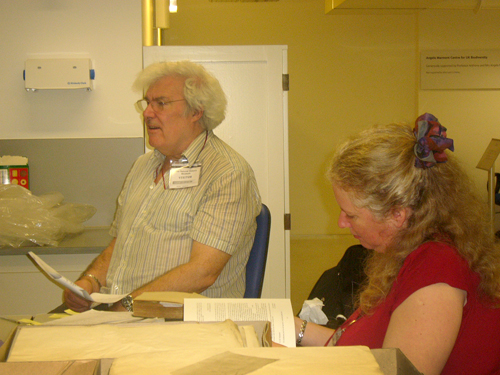 The BLS twitter acount (@BLSlichens) was launched in November 2017 and already has more than 1000 followers. We also have a new Facebook account (@BLSlichensF).
The BLS twitter acount (@BLSlichens) was launched in November 2017 and already has more than 1000 followers. We also have a new Facebook account (@BLSlichensF).
Date:
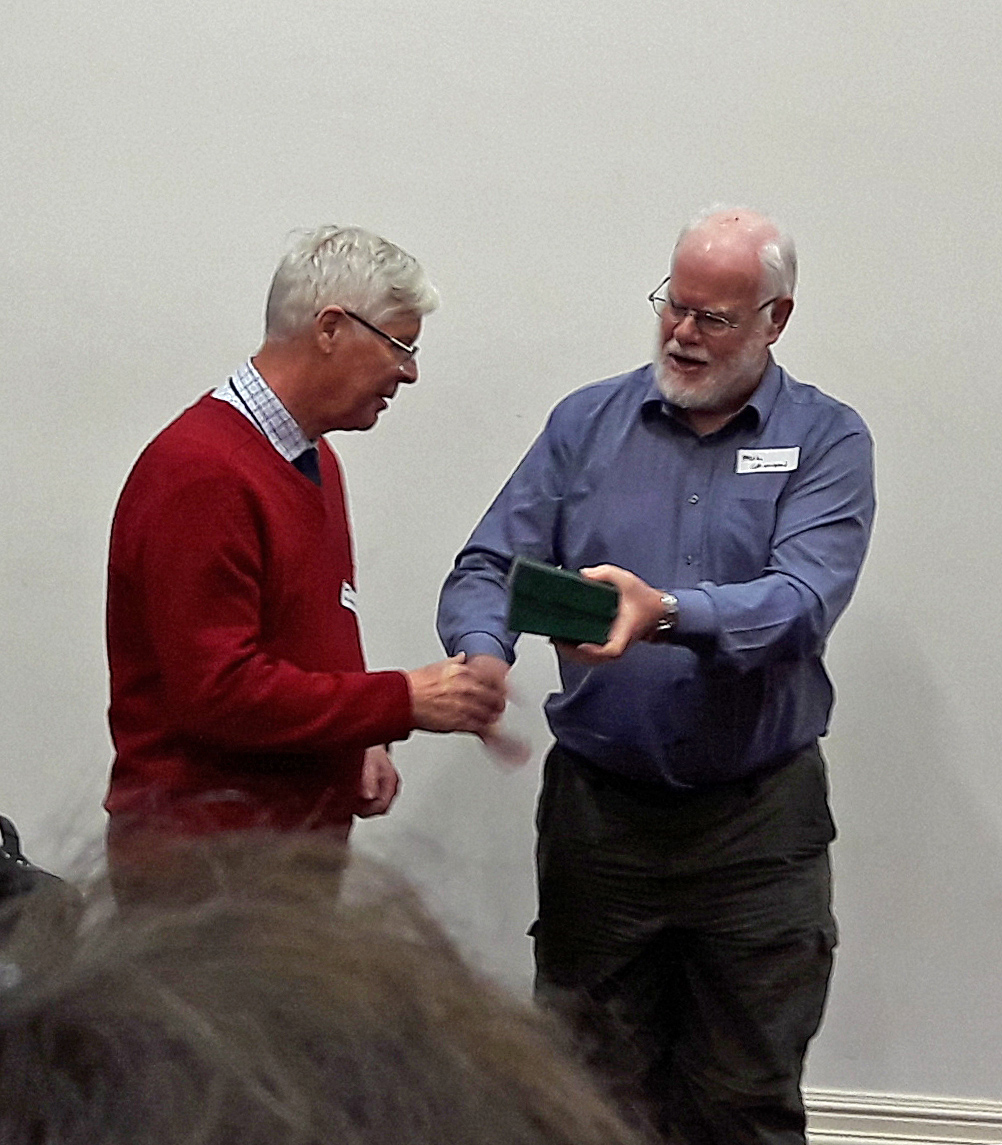 The BLS held it's 2018 AGM in Carlisle, at the Tullie House museum. It was well attended and followed by some excellent talks.
The BLS held it's 2018 AGM in Carlisle, at the Tullie House museum. It was well attended and followed by some excellent talks.
At the meeting Allan Pentecost stood down as President at the end of his two year term, to be replaced by Paul Cannon. Becky Yahr became the new Vice President, and Eluned Smith took on the role of Secretary.
Date:

Date:
Some useful additions have recently been made to the Downloads section of this website, including a new set of Corrections to the "Flora" produced by Mark Powell, and the Identification Difficulties list used by iRecord and the NBN Record Cleaner. There are also now Lists of the Taxa recorded for England, Scotland and Wales, and for each vice county.
Date:
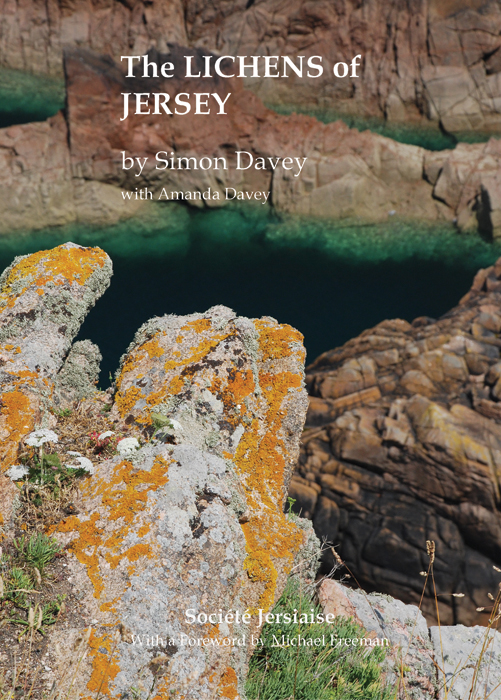 The Lichens of Jersey, by Simon and Amanda Davey, was published by the Société Jersiaise in November 2015 and can now be obtained from Tilia Publishing. More than a flora, this book looks at the habitats and history of the study of lichens on this beautiful island, as well as including a fully illu
The Lichens of Jersey, by Simon and Amanda Davey, was published by the Société Jersiaise in November 2015 and can now be obtained from Tilia Publishing. More than a flora, this book looks at the habitats and history of the study of lichens on this beautiful island, as well as including a fully illu
Date:
The BLS has made available £10,000 to help its members attend IAL8. We envisage making 25-30 awards in the region of £300-£460 each. Applicants must be BLS members when the application is submitted.
Applications should be sent to Heidi Döring (on membership@britishlichensociety.org.uk ) before 15 March 2016. It is hoped that results will be announced by mid of April.
Date:
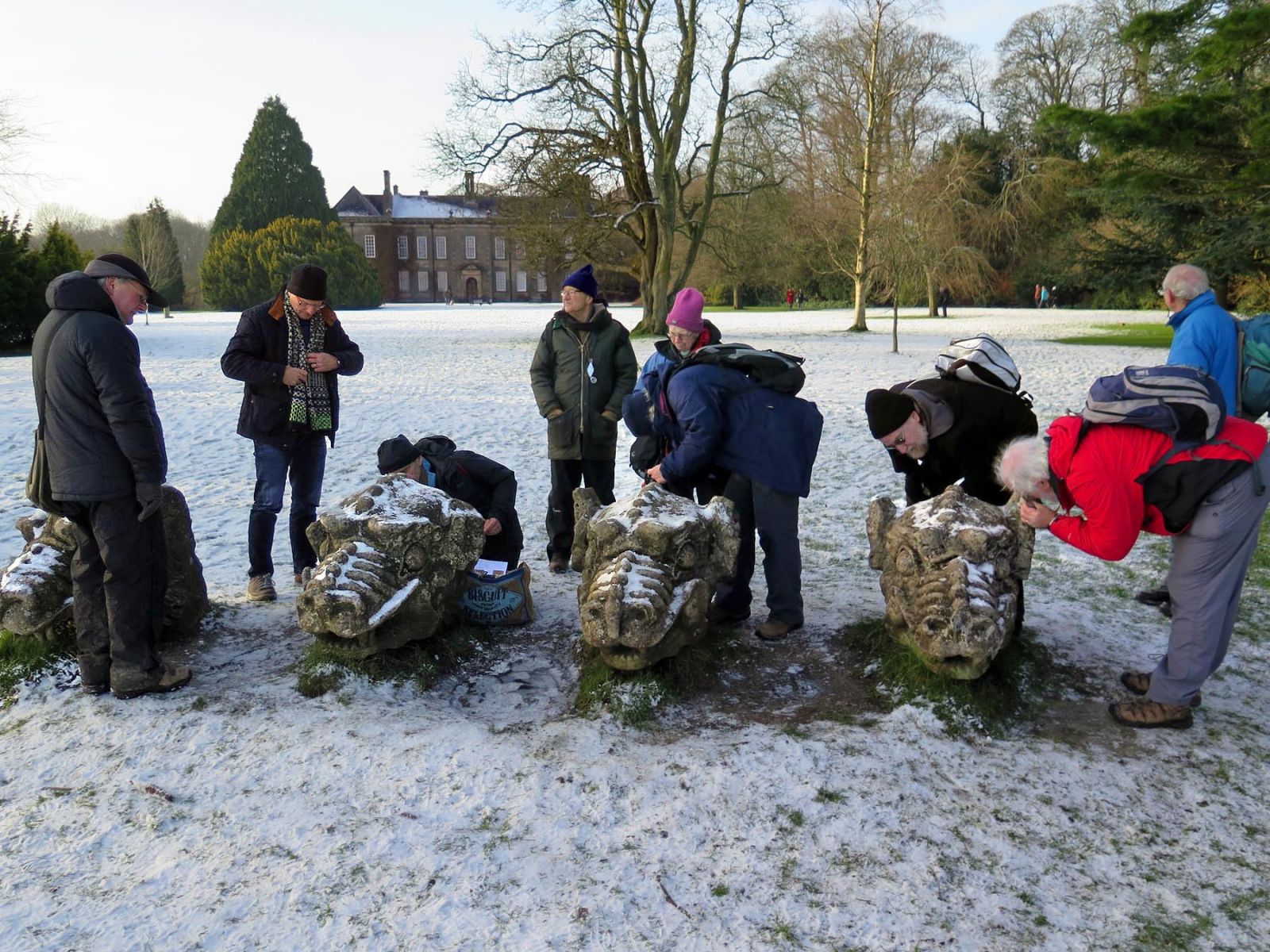 The 2016 winter meeting was held in Newcastle upon Tyne on 15-17th January. It started with a reception and dinner on the Friday evening, and the society joined with the Natural History Society of Northumbria for a lichen herbarium evening with a display of specimens and books from their collection.
The 2016 winter meeting was held in Newcastle upon Tyne on 15-17th January. It started with a reception and dinner on the Friday evening, and the society joined with the Natural History Society of Northumbria for a lichen herbarium evening with a display of specimens and books from their collection.
Date:
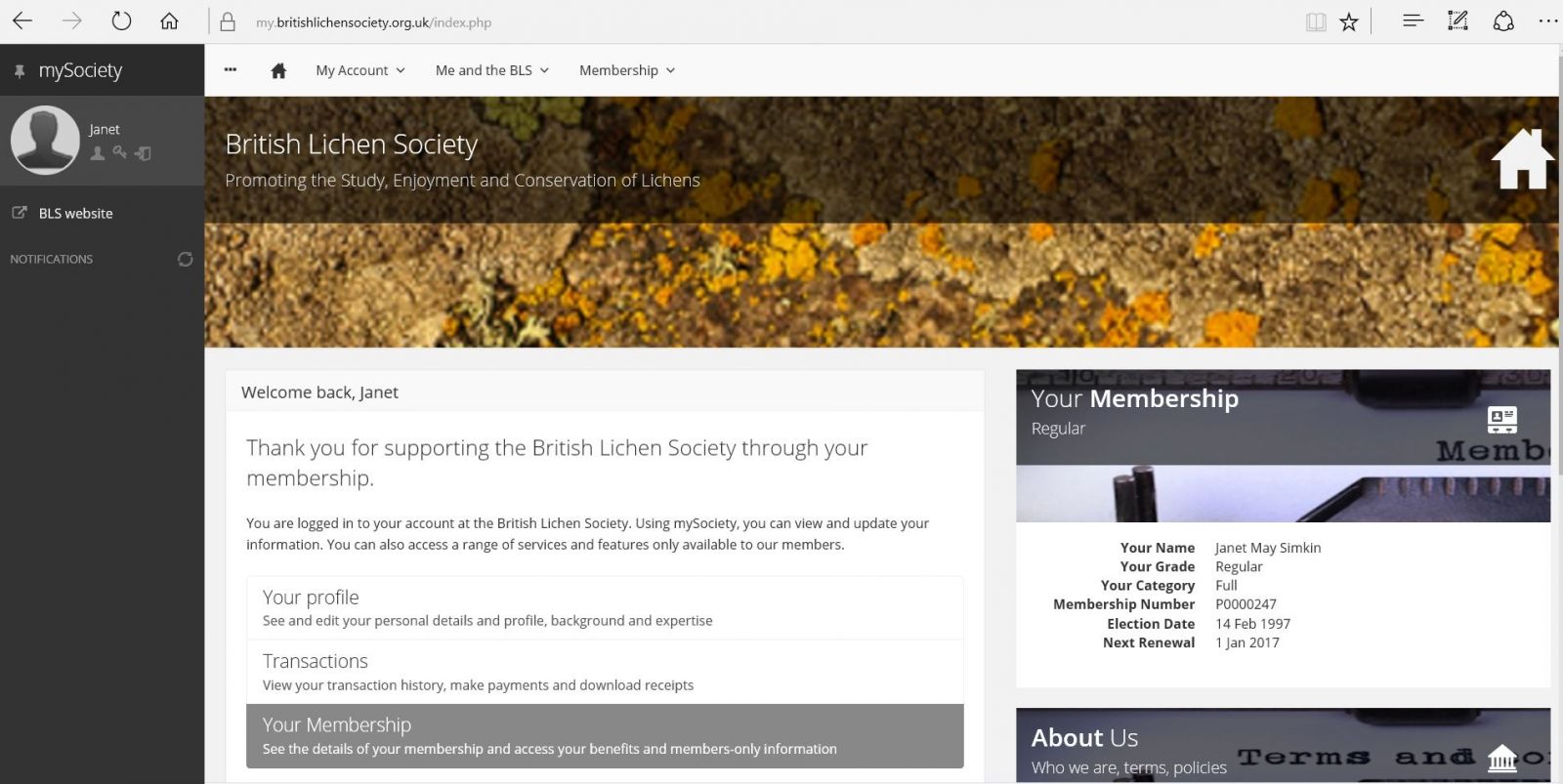
Date:
Buellia asterella, the Starry Breck Lichen, has been accepted for inclusion in the IUCN Global Red List with a conservation status of Critically Endangered. This is the first British lichen to be included in the list.